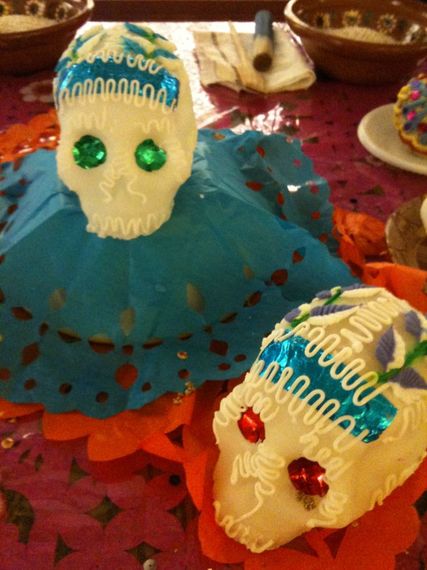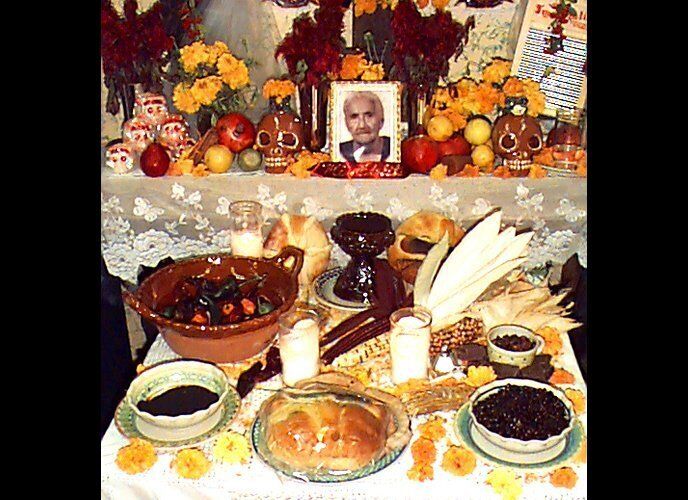An elderly man was at home, dying in bed. He smelled the aroma of his favorite chocolate chip cookies baking. He wanted one last cookie before he died.
He fell out of bed, crawled to the landing, rolled down the stairs, and dragged himself into the kitchen where his wife was busy baking cookies. With his strength waning, he made it to the table and was just barely able to lift his withered arm to the cookie sheet.
As he grasped a warm, moist, chocolate chip cookie, his favorite kind, his wife suddenly whacked his hand with a spatula.
"Why?" he whispered. "Why did you do that?"
"They're for the funeral."
We in the Western world consider the concept of being a little bit dead along the same lines as being a little bit pregnant: it's simply not possible.
Many cultures would politely disagree. For some, not only are there different degrees of dead, but they also like to keep the bodies around until they concur that the person is 100 percent dead, or at least 100 percent able to proceed to the next world, wherever that may happen to be. Of course, in the interim, the almost-dead still have to eat, so people in these cultures continue to serve food to their undead relatives, usually foods that were favorites of the person when they were 100 percent alive. Sometimes the type and amount of food served to the formerly-vibrant family member depends on how dead -- or almost-dead -- he or she happens to be.
It's possible that the practice of feasting after a funeral originated with early people who were determined to send their dead off with some nourishment for the journey. And whatever was left over, well, at least the living could eat it. Some cultures took this to extremes by placing a tube in the mouth of a corpse before burial, and snaking it out of the casket and up through six feet of compacted dirt. This was to ensure that the deceased would continue to receive nourishment during the long journey into the afterlife, or at long as somebody remembered to put food in the tube.
For most cultures today, sharing a meal after the funeral has become pretty standard; indeed, it's considered rude to refuse. In any case, there's no better way to prove you're alive, as compared with the body in the box you've just said farewell to, than by eating. Actually, most people would include sex in their response, and indeed, food combined with carnal hunger can sometimes provide a double dose of post-funeral vitality, not to mention a jump in the birth rate exactly nine months later.
The simple truth is that food goes a long way in helping survivors cope with their loss. In my book Death Warmed Over, the 75 different cultures will show how people from various cultures and religions around the world use food in conjunction with death in ritualistic, symbolic, and even nutritious ways. In truth, most Westerners could use a little bit of education, for when it comes to food and funerals. However, as funerals become more of a do-it-yourself proposition - not the embalming, mind you -- with more people taking charge of planning their own funeral services with a mind towards turning it into a party instead of a sobfest, thanks in part to the popularity of the TV show Six Feet Under, learning about the funeral practices of other cultures can only help us put the fun into funeral.
Some people may believe it's distasteful to spend time thinking about how death and food are so interconnected -- after all, both are an essential part of life -- but I'd like to think that many more are intrigued by discovering the differences, as well as the similarities.
Though many people are familiar with Day of the Dead as celebrated in Mexico every November, the truth is that most cultures and religions -- from the Amish to Vietnamese -- use food in their funeral rituals in some way. Check out a few from Death Warmed Over in the accompanying slideshow.

